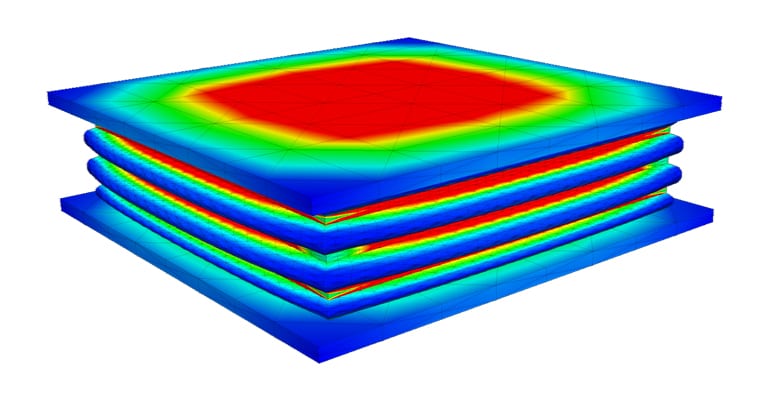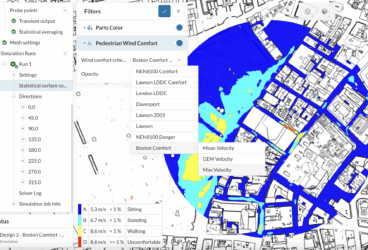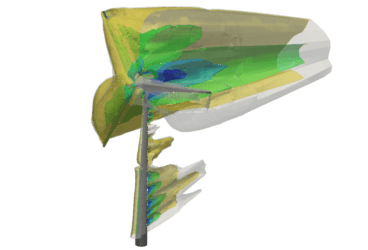Over seven kilometers long, the San Francisco-Oakland Bay Bridge accommodates a quarter of a million vehicles per day. The bridge, constructed using close to 250 million kilograms of steel must support a mass of 450 million kg of vehicles per day, and around 500 thousand kg at any given time.
The possibility of bridge failure is frightening, especially when crossing a large structure like the Bay Bridge. In 1989, the Loma Prieta earthquake caused the Bay Bridge to fail. The vibrations from the earthquake were so intense, they sheared the bolts that fastened a section of the bridge into its seating. As the earthquake vibrations increased, the section was shifted seven inches to the east and the west end of the section shifted beyond the edge of the seating, causing the entire bridge section to collapse onto the bottom deck; the collapse location was at pier E9, which is located halfway between Yerba Buena Island and Oakland.
The Bay Bridge was designed to withstand earthquakes by implementing technology that allowed the bridge to adapt to such dramatic environmental instances. In fact, all bridges are designed to be moderately flexible with an embedded “bend or break” design philosophy; it is assumed that the bridge will be subject to somewhat unpredictable external forces and torques caused by high wind speeds, temperature changes, heavy traffic, and sometimes even earthquakes. So if flexibility is crucial, how is it achieved?

Elastomeric Bearing Pad Role of the Elastomeric Bearing Pad
Bridge flexibility is primarily achieved by a component called bridge elastomeric bearing pad. This is typically made of a strong and pliable material such as neoprene—a type of heavy-duty industrial rubber. These pads are placed in between superstructures such as the bridge beam and substructures such as the vertical supports called piers. Their primary function is to distribute superstructure loads to the substructure and allow the superstructure to undergo necessary movements in irregular environmental conditions without creating any harmful stresses that might compromise the structural integrity of the bridge. When the structural integrity of the bridge is compromised, the bridge could collapse.
Preventing collapse is not the only function of an elastomeric bearing pad. The pads extend the life of bridges by reducing wear and tear on bridge materials. The pads help governments save money by delaying the replacement of bridges, much like the way shoes allow human beings to walk long distances.
Incidentally, elastomeric bearing pads were installed at the location of the Bay Bridge failure as part of a 1999 seismic retrofit project.
Elastomeric Design 3D Engineering Simulation in Bridge Design

Because bridge elastomeric bearing pads are crucial for a safe and cost-effective bridge design, they are extensively prototyped and tested before they are used in production.
Using a simulation software like SimScale as part of the process, it is possible to virtually test an elastomeric bearing pad under different design and load assumptions. For example, the bearing pad can be assumed to be composed of an elastomeric material reinforced by steel plates, and three basic load cases can be simulated and observed: 1) compression, 2) compression with shearing, and 3) compression with rotation.
The results can be analyzed by observing Cauchy stresses in a contour plot. One can even observe that with the introduction of steel plates, the load-carrying capacity of the bearing is enhanced.
Elastomeric Bearing Pad Conclusion
As we have seen, designing elastomeric bearing pads using simulation software play a crucial role in bridge safety, dependability, and longevity. If you want to give it a try, create a free Community account here and then copy this template of an elastomeric bearing pad simulation, change the settings or the CAD model and perform your own analysis.
You can learn more about the role of engineering simulation in construction applications by downloading a free infographic here.


